What would the Earth be like if the distance between it and the Moon was halved?
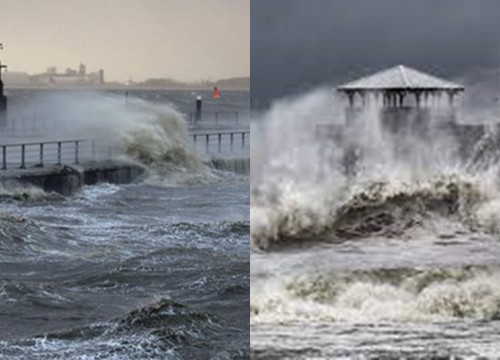
2 | 0 Discuss | Share
Why is this bird's feathers never frozen?
Antarctic penguins live in an extremely harsh environment where temperatures can drop to -40C and wind speeds can reach 140km/h. So why is this bird's feathers never frozen?
Penguins, also known as winged penguins, are an order of wingless birds that live in the water mainly in the Southern Hemisphere.
Antarctica is full of ice and snow, with the lowest average annual temperature of any continent on Earth, but penguins are still alive and there are dozens of different types.
They have thick fur and thick fat to withstand the cold. Weight varies from species to species, up to several tens of kilograms.
Penguins feed on krill, fish, squid and other marine life they catch while swimming underwater. They spend about half their time on land and the other half in the oceans. So, according to the usual theory, these penguins should become frozen icebergs in the blink of an eye in the Antarctic environment.
However, the reality is quite the opposite and penguins have existed in the Antarctic environment for a long time. Their feathers never freeze.
A recent study has found that, because penguin feathers have tiny grooves and are coated with a special oil, they never freeze to ice.
Pirouz Kavehpour, a mechanical engineer at the University of California at Los Angeles, and his colleagues studied the feathers of Gentoo penguins in Antarctica under an electron microscope.
They found that the surface of this feather was evenly covered with tiny nano-sized pores. This structure gives rise to a strange phenomenon. This structure full of nanopores will make the water droplets tend to slide away rather than being trapped and frozen.
The penguins will also secrete oil from a special gland near the tail and use the beak to apply it all over the body. This oil will act similarly to a water repellent.
Many people think that studying icing on penguin feathers is just nonsense. However, scientists and engineers claim that these new findings will help complement the development of anti-icing technology on aircraft wings.
This is truly a multi-million dollar study and greatly enhances the safety of civil and military aviation around the world.
If any reader has ever seen the film Happy Feet directed by George Miller about a penguin named Mumble who can't sing but is very good at dancing, then surely he will not be able to forget his cute figure. this animal. Let's explore the information about these chubby but interesting penguins.
Currently, scientists are still wondering quite a lot about the evolutionary history of penguins. To date, there are only fossils that have survived in the land of New Zealand about 62 million years ago that indicate that the Waimaru genus is the oldest penguin species. Their body structure is quite similar to today's penguins, their wings are very short and can't fly. The only difference was that Waimaru at that time did not really live in the water environment and adapted to deep diving to catch prey.
First, they are one of the few flightless birds that evolved from flying about 60 million years ago. Surprisingly, their closest relative is the albatross, a bird known for its ability to fly. At first hearing, losing the ability to fly is an evolutionary setback, but in fact, short propeller-like wings and stiff bones help them swim faster, dive deeper and adapt extremely well to the marine ecosystem. that no other bird can do.
The shape you often see in penguins is the white part on the belly and the dark part covering the back. They use short wings to make flippers when diving underwater. The front legs are used to move on the ground with a rather waddling appearance, and especially the penguins know how to take advantage of the front abdomen to slither on the snow whenever they want to go at a faster speed.
Penguins live in populations
Penguins are group-dwelling, highly social, and always gather in groups. Each population can be up to tens of thousands of animals. Although in such a large number and difficult to control, but each couple of penguin parents, they can recognize and watch their babies through special hearing.
Longevity of penguins
Depending on the different species of penguin, the life span of this bird is about 15-20 years. In particular, they spend up to 75% of their life living in the marine environment. For penguins, their tear glands are quite special, able to filter excess salt from the blood. Salt is excreted in liquid form through the nasal cavity. So they can drink seawater and live in this environment easily.
The male bird will incubate the eggs
The male penguins will take on the role of incubating the eggs for about two months while the females will forage at sea. During incubation, the father penguin will stop normal activities, focusing only on the job of protecting the eggs. They use fat stored in the body to maintain strength. Typically, male penguins lose half their body weight after this process. At the end of the two-month period, the male and female penguins will rotate roles to ensure their own health.
The way penguins talk
In the penguin social community, they communicate and exchange information with each other through body language using their heads and flippers. In particular, for the penguins, the researchers could not help but be surprised and amazed by the affection in their mother-child relationship. When the children lose their children or their children die, it will try to "kidnap" the children of other families and bring them home. The most likely explanation is that the mothers cannot bear the pain of losing their children and have to deceive themselves.
Champion swimming ability
Penguins cannot fly, but they can swim very well. Penguins can swim about 15 miles per hour, outpacing Olympic gold medalist Michael Phelps at 4.7 miles per hour. They can dive underwater for a record of about 20 minutes. Usually small penguins do not dive deep, on average only hold their breath for about 1-2 minutes to search for prey. However, for larger species, they can dive to the necessary depths within their ability, including the emperor penguin with a diving record of up to 565m.
The ability to camouflage when hunting
It is no coincidence that penguins have a special coat of white feathers on the front of the belly and dark on the back. It's a way of camouflage from the penguin's prey. Black to hide when diving into the sea after dark, white to hide on ice or cold white snow.
Penguins do not have external genitalia, so with the naked eye it is impossible to distinguish which is female and which is male. It is only by examining the chromosomes that their sex can be determined. In particular, in the population of penguins, homosexuality also appears. In a wildlife park in Bremerhaven, northern Germany, two male penguins hatched an egg together, acting like a couple.
Penguin distribution area
Large birds often live in cold places due to their tolerance of extreme weather, while small birds often live in temperate, even tropical areas.
So South Africa is in the middle of a very hot zone that also has penguins. Currently, there are 12 countries that hold huge populations of penguins.
That is Ecuador, with colonies of Humboldt and Galapagos penguins concentrated in the archipelago of the same name. Each animal is usually under 50 cm tall, weighs 2.5 kg, likes cold water, but tolerates hot sun.
Peru also has two types of penguins, in which the king penguin has a very beautiful feather color, almost similar to the emperor penguin because the body has three colors of white, black and yellow.
Although humans may be the greatest threat, they are also the greatest hope. Many studies and conservation projects are underway to protect the habitat and restore the penguin population. With our help and some practical changes to the environment, hopefully the adorable penguins will recover soon.
Devil's bridge, glass beach and the strangest places in the world 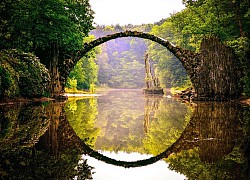 Hà Hà15:06:03 13/08/2021No need to search in the distant universe, right on Earth there are also lands containing strange and extraordinary things that everyone wants to see with their own eyes once in a lifetime. Pink lake About 50,000 years ago, a meteorite hit the earth in the Indian state of...
Hà Hà15:06:03 13/08/2021No need to search in the distant universe, right on Earth there are also lands containing strange and extraordinary things that everyone wants to see with their own eyes once in a lifetime. Pink lake About 50,000 years ago, a meteorite hit the earth in the Indian state of...

2 | 0 Discuss | Share
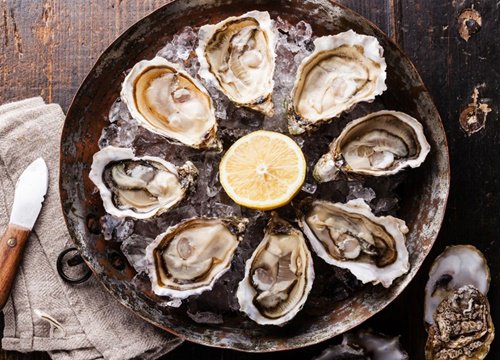
5 | 0 Discuss | Share

5 | 0 Discuss | Share
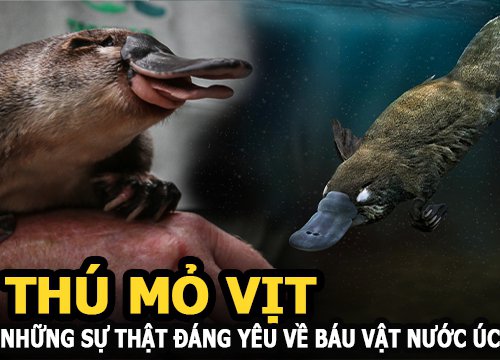
2 | 0 Discuss | Share

4 | 0 Discuss | Share
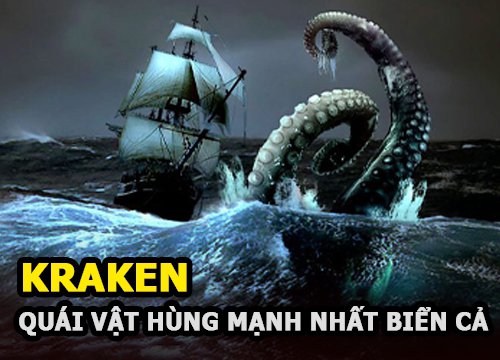
1 | 0 Discuss | Share
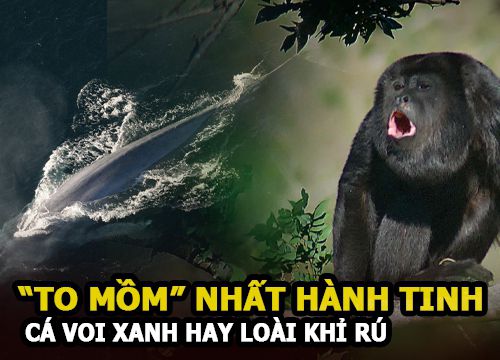
4 | 0 Discuss | Share
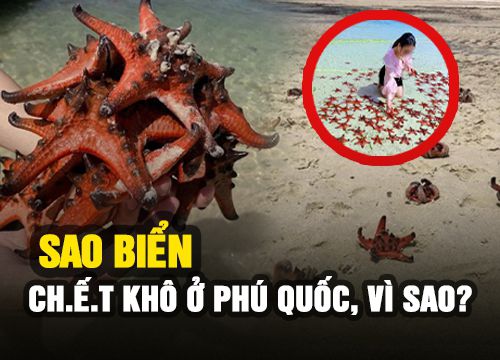
2 | 0 Discuss | Share

5 | 0 Discuss | Share

3 | 0 Discuss | Share

3 | 0 Discuss | Share
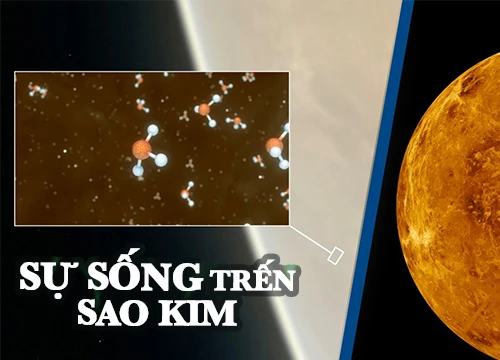
3 | 0 Discuss | Share



5 | 0 Discuss | Report